Anatomical adaptations – advantageous physical features
These are physical features of an organism’s anatomy that help it survive and reproduce.
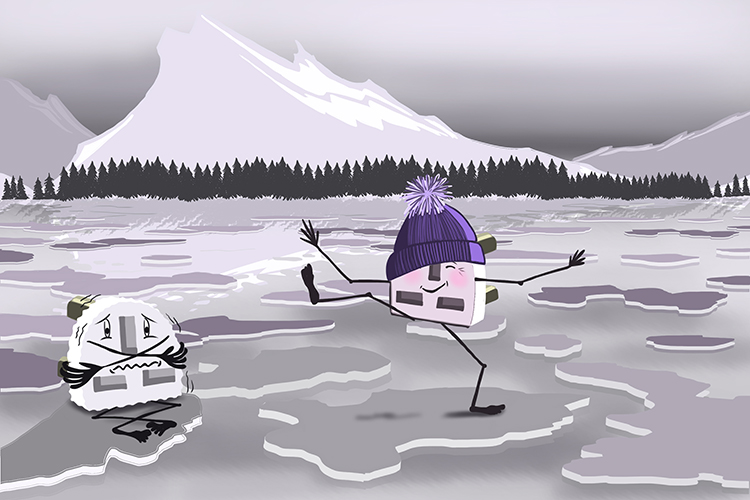
Put a hat on me (anatomical), said the adaptor (adaptation), it will be a big advantage and keep me warm in the Arctic weather.
NOTE:
Adaptations can be either physical, as in anatomical adaptations, or behavioural.
Examples
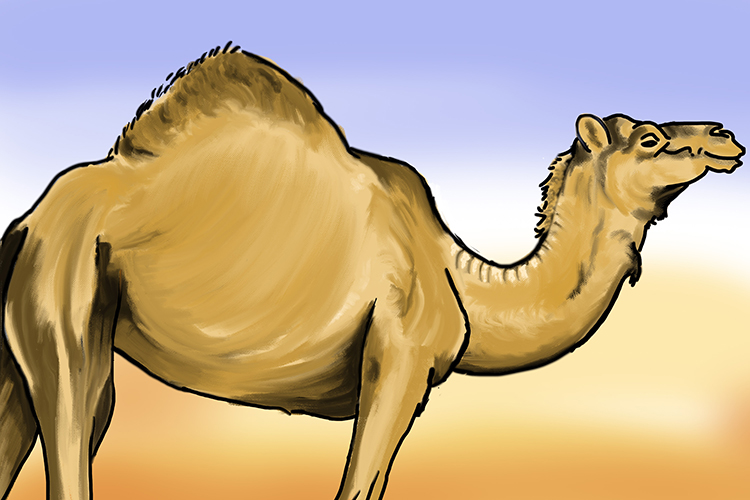
Anatomical adaptations include the camel’s hump that allows it to store energy. Storing the fat in one location (the hump) instead of throughout the whole body (further insulating it) helps prevent the camel overheating in the hot desert environment.
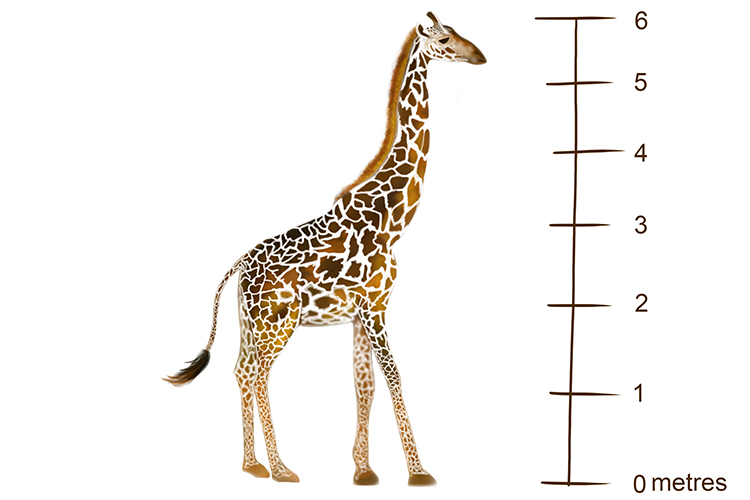
The long neck of the giraffe is an anatomical adaptation which allows it to reach the highest leaves of the acacia tree.
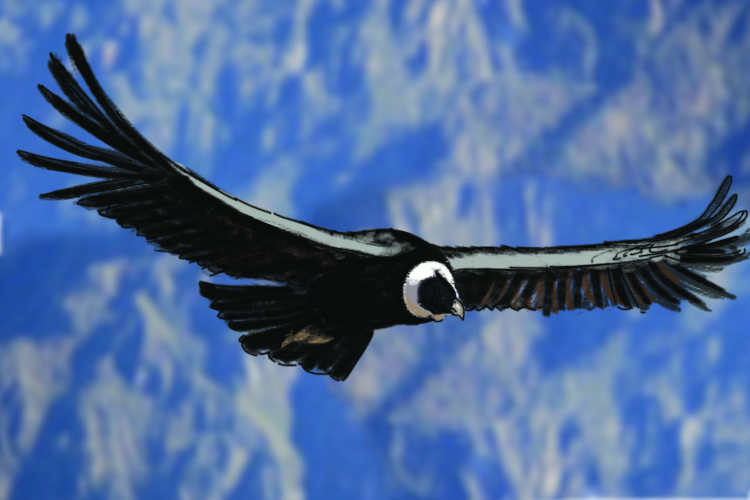
The broad wings and large wingspan of the condor are the anatomical adaptations which enable it to travel great distances on thermals while searching for food.
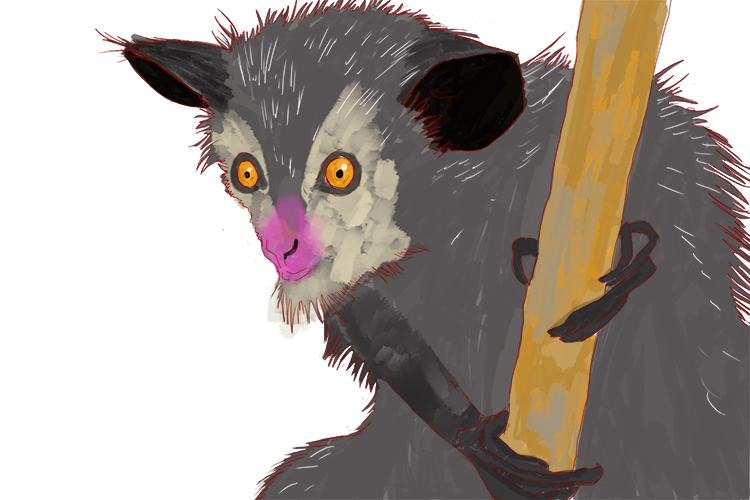
The thin elongated finger of the aye-aye is used to detect and extract bugs and grubs from bark and tree trunks.




